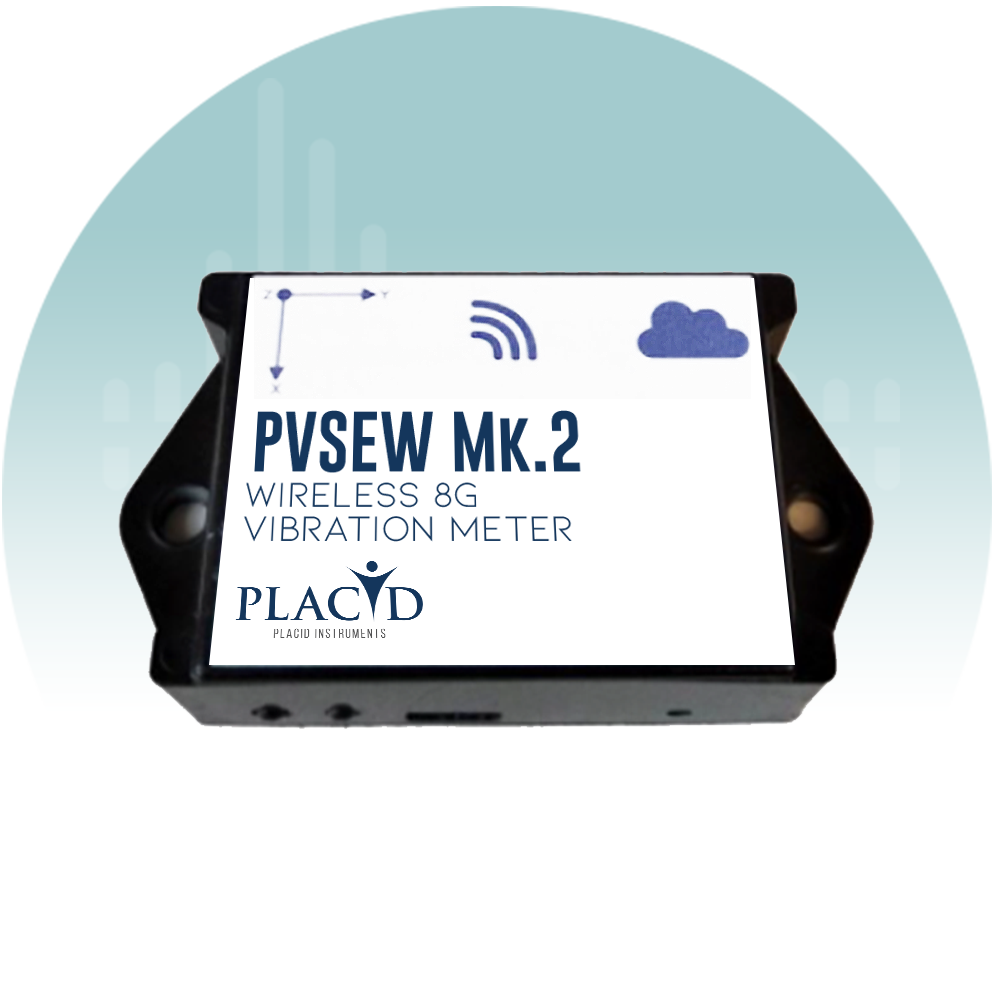The Wireless Vibration Meter Data Logger – PVSEW_mk2 – 8g is a new model in the VSE series of smart vibration dataloggers.
It can record accelerations, vibrations, velocities, and inclinations. It includes a 3-axis MEMS accelerometer, an accurate date/time clock and a non-volatile 128 Mb recording memory. Depending on the settings it can record acceleration or velocity signals and/or RMS levels for months. Its small size allows it to be attached to, or embedded within, the monitored equipment.
The Data Collection Service
- 24/7 data collection from instruments anywhere in the world
- No need for a dedicated server for data collection or emails
- Automatic alarm emails with no need to configure email account
- Automatic instrument configuration through the web
- Data can be downloaded via simple web browser from anywhere in the world
- Data can be viewed at any time on any web browser, such as PC, MAC, phone… etc.
- 500 MB of storage space per instrument
Consult the Data Collection Tab on this page for more info on our 24/7 Data Collection Service.







